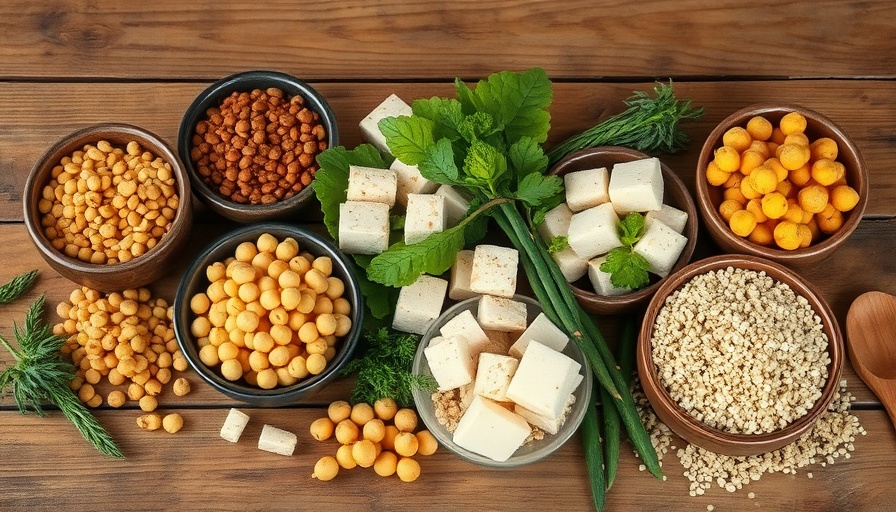
Expanding Your Plate: The Case for Protein Diversification
When we envision protein in our meals, images of chicken, beef, or salmon often come to mind. Yet, as we grapple with the reality of a growing global population and its implications for food sustainability, it’s essential to consider alternative protein sources that not only nourish us but also protect our planet.
Understanding the Need for Change
The traditional methods of protein production are proving unsustainable. The world’s population is projected to reach nearly 10 billion by 2050, which raises urgent questions about how we will feed everyone without causing further environmental degradation. Livestock farming, responsible for approximately **14.5% of global greenhouse gas emissions**, is a major contributor to this crisis. For instance, just think about the staggering statistic of 202 million chickens slaughtered daily; that's around 140,000 chickens per minute. It's clear that we need to rethink our dietary habits for the health of our planet.
Insect Protein: A Nutritional Powerhouse
One of the most promising alternatives is insect protein, which has long been a staple in various cultures, particularly in Asian and African cuisines. From crickets to mealworms, these insects are not only nutritious—providing all nine essential amino acids—but also environmentally friendly. They require significantly less land, water, and feed compared to traditional livestock.
As more people in the Western world start to embrace this protein source, products like cricket flour protein bars and snacks are gaining popularity. With the Netherlands and Belgium leading the charge in edible insect consumption, it’s only a matter of time before this trend becomes mainstream.
Algae: The Green Superfood
Algae, particularly varieties such as spirulina and chlorella, are also emerging as nutrient-dense protein sources. Spirulina is rich in protein, antioxidants, and essential vitamins, making it a fantastic addition to smoothies and health foods. It thrives in challenging environments and requires minimal resources, making it an eco-friendly option for addressing protein needs.
Imagine just a few green powders added to your diet that pack so much more than vitamins! Algae not only contribute to our nutrient intake but also help in reducing carbon footprint through their natural growth processes.
Practical Tips for Incorporating Alternative Proteins
Curious about how to include diverse proteins in your diet? Start by exploring your local health food stores or online marketplaces for insect-based products. Experimenting with recipes that highlight these new proteins can be a fun culinary adventure!
Consider incorporating algae-based supplements or powder into your morning smoothies or baked goods. You might also explore making your own protein bars blended with cricket flour or spirulina for a nutritious yet exciting treat.
Thinking Beyond Our Plates: The Bigger Picture
As we embrace these alternatives, it’s crucial to understand their broader implications on food sustainability and health. By diversifying our protein sources, we not only enhance our diet but actively participate in a global movement towards a more sustainable future.
Engaging with these alternative protein sources can help reshape our food system into one that’s healthier for both ourselves and the planet. With the looming challenge of climate change, exploring these options isn’t just beneficial; it’s necessary for our survival—and the survival of future generations.
Join the Movement for Sustainable Eating
Now is the time to reconsider what we put on our plates. Diversifying protein sources is a proactive step not only towards a healthier lifestyle but also in the fight against food insecurity and climate change. Take a moment to explore a new protein this week—your body and the planet will thank you!
 Add Row
Add Row  Add
Add 




 Add Row
Add Row 


 Add
Add
Write A Comment